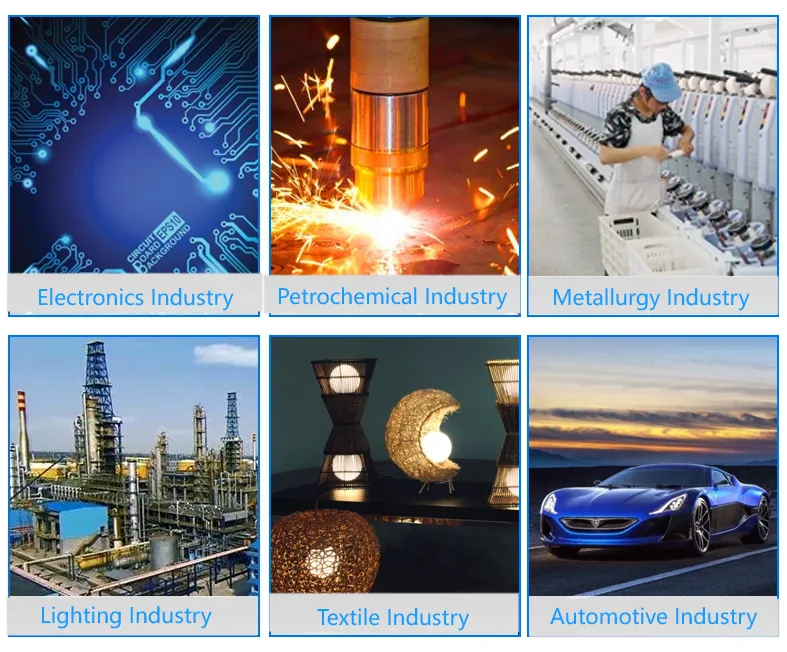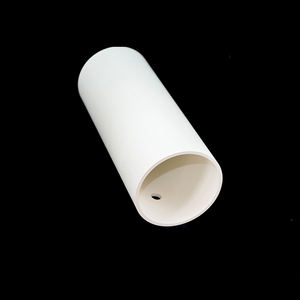Discover Premium Ceramic Products | Durability & Elegance United | Advanced Ceramics
1. Introduction
Just 24 hours ago, Wolfspeed—a leading U.S. semiconductor manufacturer—announced a major expansion of its silicon carbide crystal growth facility in North Carolina, citing unprecedented demand for SiC wafers in electric vehicle power systems. At the heart of this expansion? Advanced silicon carbide crucibles capable of withstanding temperatures above 2,200°C without degrading. This real-world development underscores a quiet but vital truth: in cutting-edge materials science, the container matters as much as the content.

Silicon carbide crucibles aren’t your average labware. Unlike conventional graphite or alumina crucibles, they offer unmatched thermal conductivity, chemical inertness, and mechanical strength at extreme temperatures. These properties make them indispensable in niche, high-stakes applications where even minor contamination or thermal shock can ruin an entire batch of advanced materials.
2. Silicon Carbide Crucibles in Crystal Growth
One of the most demanding uses of silicon carbide crucibles is in the physical vapor transport (PVT) method for growing bulk silicon carbide single crystals. This process requires heating silicon and carbon precursors to over 2,000°C in a near-vacuum environment. Standard crucibles would react with the vapor or crack under thermal stress—but silicon carbide crucibles remain stable.
Why? Because they’re made from the same base material as the crystal being grown. This minimizes contamination and interfacial reactions. Crucibles crafted from high-purity silicon carbide also resist erosion from aggressive sublimation gases, ensuring consistent crystal quality over hundreds of growth cycles.
3. How Silicon Carbide Stacks Up Against Alternatives

When engineers evaluate containment solutions for ultra-high-temperature processes, they often compare silicon carbide with boron carbide and silicon nitride. Boron carbide vs silicon carbide debates usually center on hardness—but for crucibles, thermal stability and oxidation resistance matter more. Boron carbide oxidizes rapidly above 800°C in air, making it unsuitable for open-atmosphere or oxygen-containing processes.
Silicon nitride, while excellent for structural components like silicon nitride ceramic plates or custom silicon nitride heat shields, lacks the thermal conductivity of silicon carbide. A silicon nitride crucible factory might produce robust containers, but they can’t dissipate heat as efficiently—leading to hot spots and uneven crystal growth. That’s why silicon carbide remains the gold standard for crucibles in crystal synthesis.
4. Beyond Crucibles: The Broader Silicon Carbide Ecosystem
Interestingly, the same material used in silicon carbide crucibles also appears in a surprising range of high-performance products. For instance, rbsic silicon carbide tile blocks line industrial furnaces, while silicon carbide ceramic columns support high-temperature reactors. Even silicon carbide burner nozzles and silicon carbide brick are common in metal smelting and glass manufacturing.

On the consumer side, you’ll find silicon carbide ceramic dinnerware—like silicon carbide ceramic baking dishes, casserole dishes with lids, and even silicon carbide ceramic salad bowls. Though these kitchen items don’t face 2,000°C, they benefit from the same durability, thermal shock resistance, and non-reactive surface that make industrial-grade silicon carbide so valuable.
Meanwhile, in fluid control systems, silicon carbide ceramic disc taps and silicon carbide ceramic disk for tap components leverage the material’s wear resistance. In high-precision settings, silicon carbide thermocouple protection tubes and silicon carbide ceramic tubes for furnace use ensure accurate temperature monitoring without degradation.
5. The Future of High-Purity Processing
As demand grows for wide-bandgap semiconductors in 5G, EVs, and renewable energy systems, the need for ultra-clean, high-yield crystal growth intensifies. This is driving innovation in crucible design—such as porous silicon carbide ceramic tubes for controlled gas flow or coated silicon carbide crucibles that further reduce metal impurities.
Simultaneously, the high purity silicon nitride powder market is expanding to support complementary components, like silicon nitride rings or insulators that work alongside silicon carbide systems. Yet, for the crucible itself—the vessel that holds the molten future of electronics—silicon carbide remains unrivaled.
6. Conclusion
From powering the next generation of electric cars to enabling faster wireless networks, silicon carbide crucibles play a silent but foundational role. Their unique blend of thermal, chemical, and mechanical properties makes them irreplaceable in advanced crystal growth—a niche application with massive real-world impact. As materials science pushes further into extreme environments, expect silicon carbide to remain at the heart of the furnace.
Our Website founded on October 17, 2012, is a high-tech enterprise committed to the research and development, production, processing, sales and technical services of ceramic relative materials such as Why. Our products includes but not limited to Boron Carbide Ceramic Products, Boron Nitride Ceramic Products, Silicon Carbide Ceramic Products, Silicon Nitride Ceramic Products, Zirconium Dioxide Ceramic Products, etc. If you are interested, please feel free to contact us.

